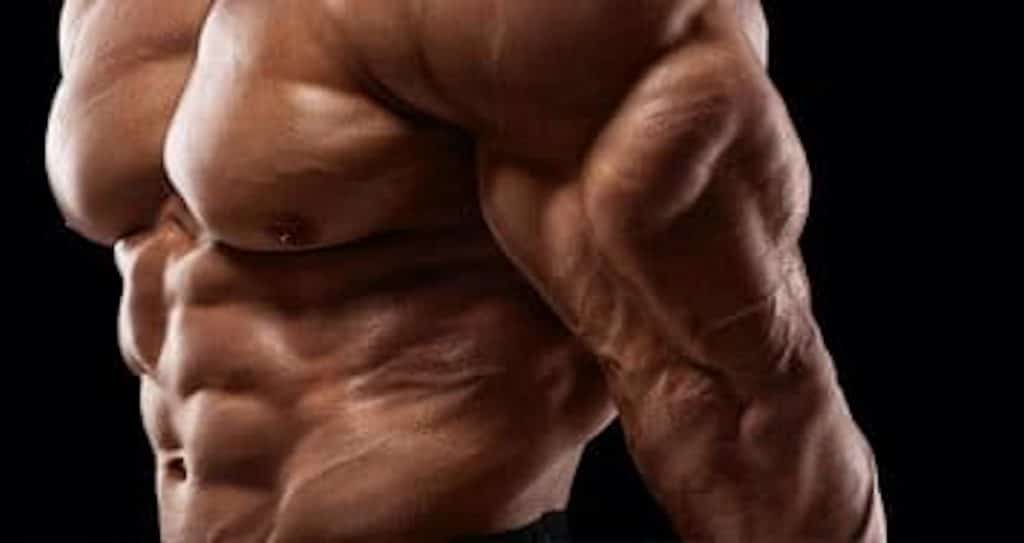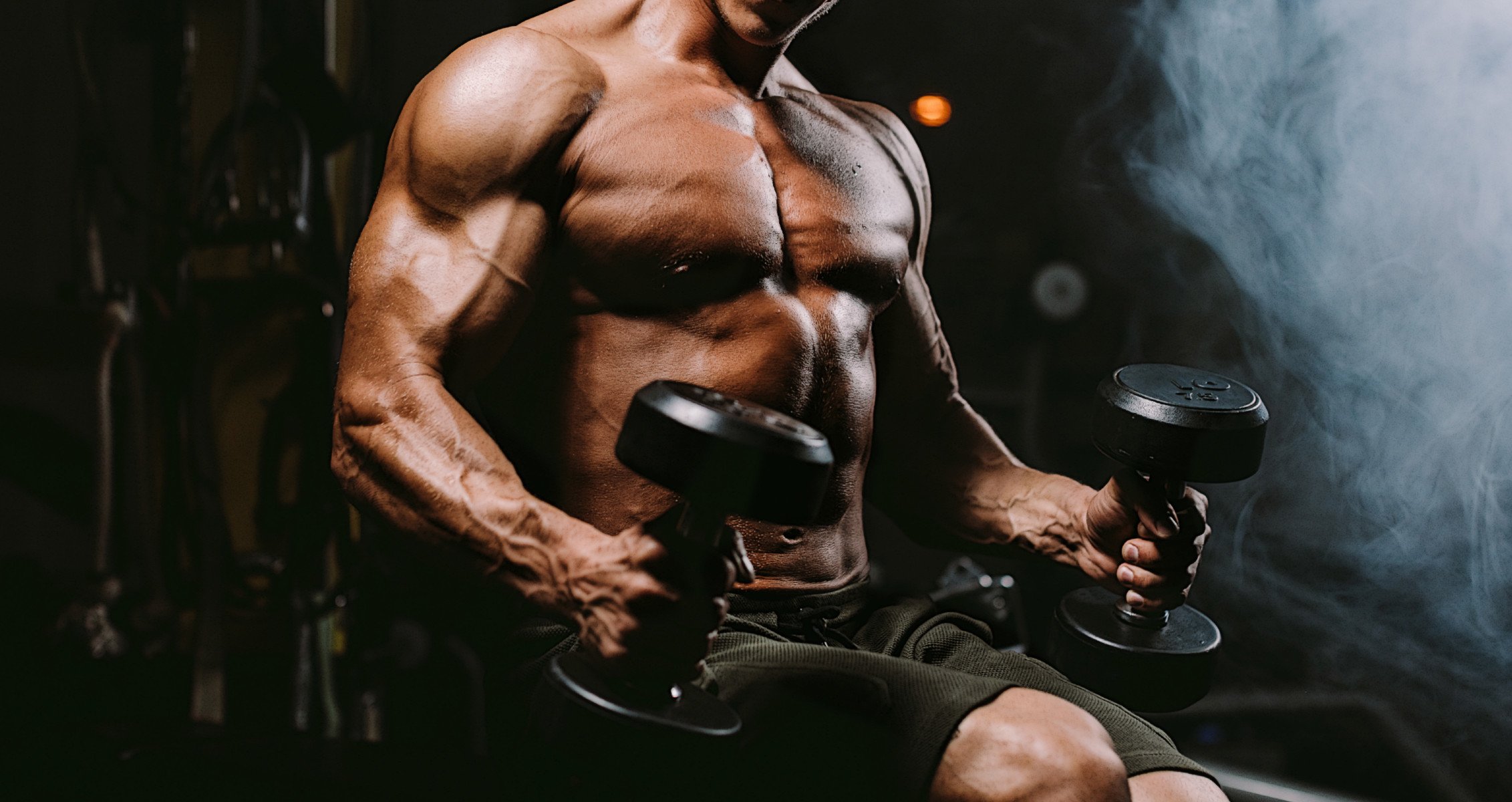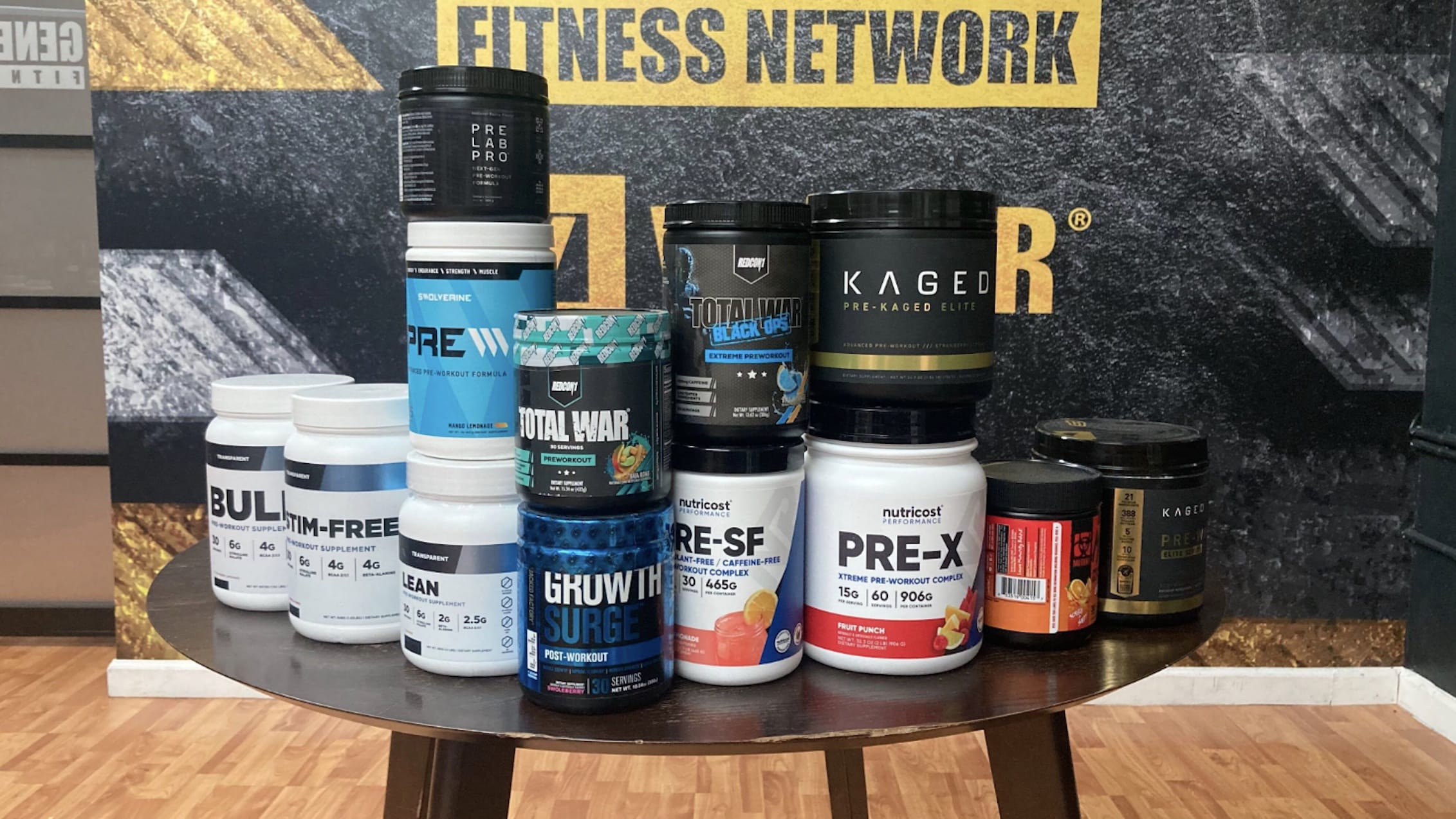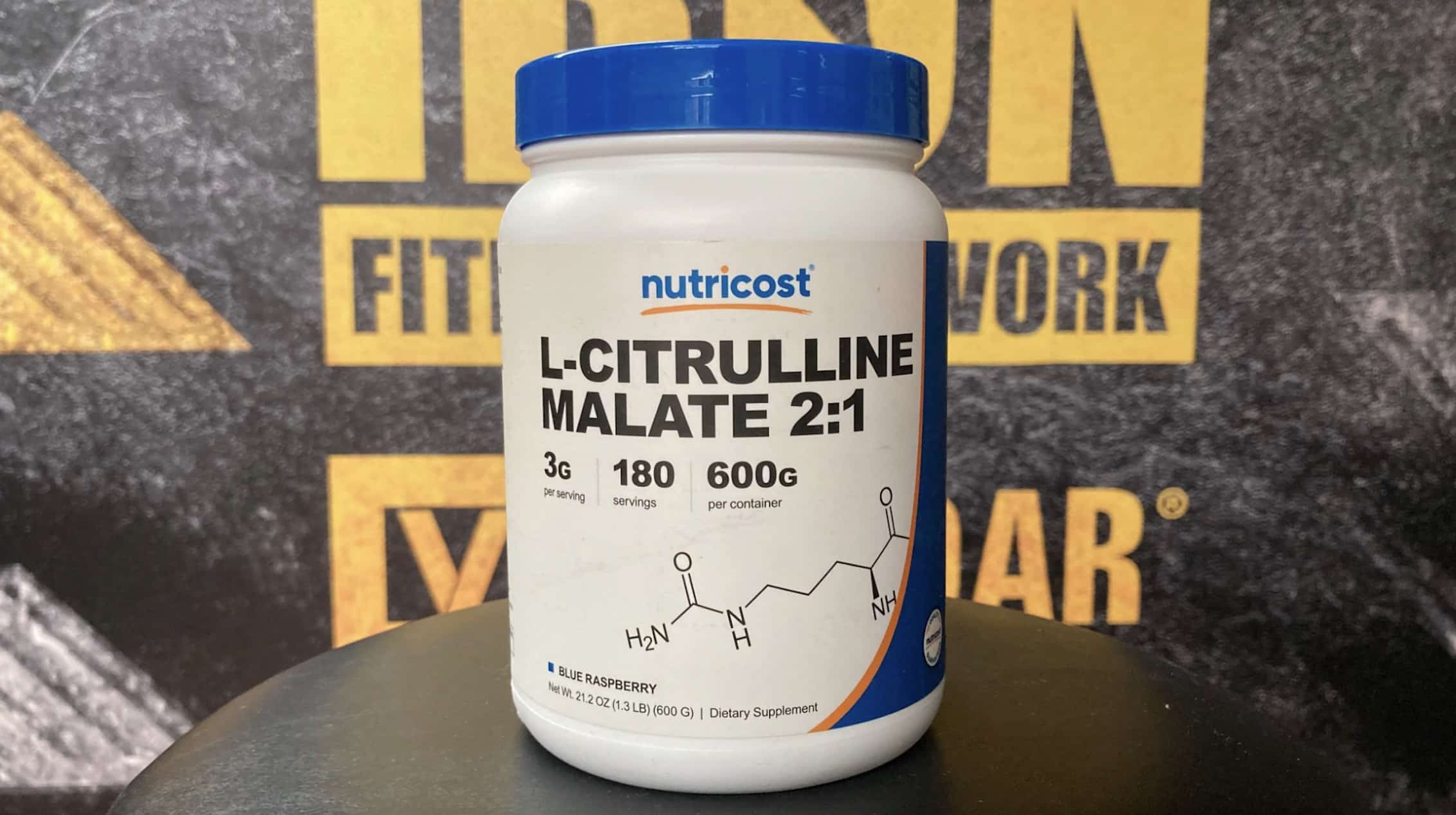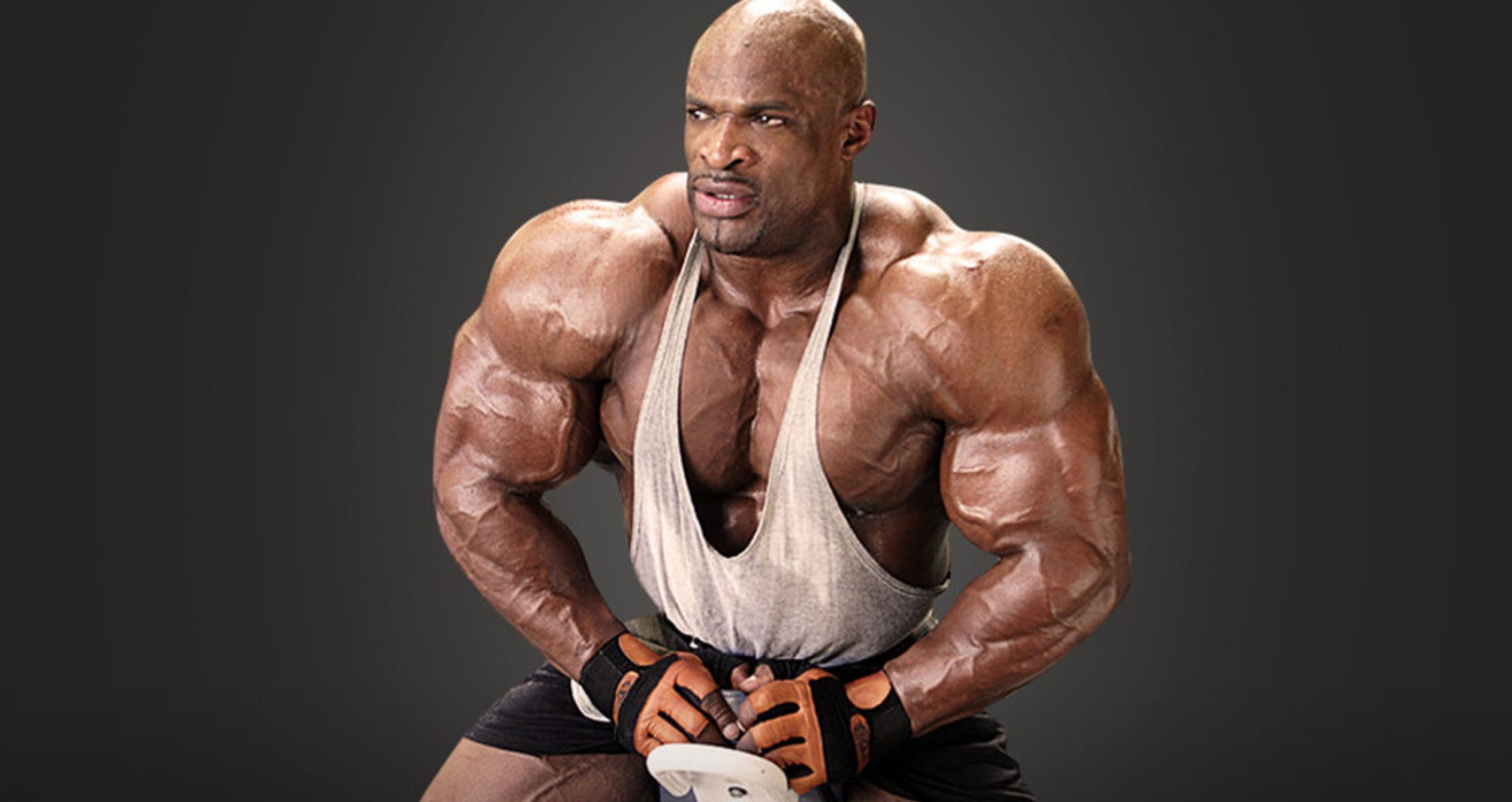The lying tricep press focuses on building the long head of the triceps.
Building impressive arms isn’t just about bicep curls. While curls help create width and a defined bicep peak, true arm development requires attention to the triceps. One highly effective exercise for targeting the triceps is the lying tricep press. This isolation movement strengthens the triceps, enhances shoulder mobility, and builds functional strength for other pressing exercises.
In this article, we’ll explore the lying tricep press in detail, breaking down its key benefits to the muscles it targets and providing a step-by-step guide to help you perform it correctly. For lifters looking to diversify their training, we’ll also share some excellent alternative exercises to incorporate into your routine.
Techniques & Muscles Worked
The lying tricep press is an upper-body isolation workout that primarily works the three heads of the tricep muscles. To stabilize the movement, it also works the chest and shoulders to a certain degree. This routine requires core integrity to maintain proper exercise form, so it builds the abs.
The lying tricep press has many variations. You can do it on a flat bench with any free weight. To perform the exercise unilaterally, you can use dumbbells or kettlebells to focus on each side of your body. If you want to perform the exercise bilaterally, use a barbell or an EZ bar. However, it’s safer to use an EZ bar over a barbell. Using a barbell can strain your wrists, forcing your hands into a fully pronated position as you lower the barbell behind your head.
Additionally, to avoid elbow pain during this exercise, you should always control the weight and avoid locking out your elbows in an extended position. Below’s a step-by-step guide on how to do the lying tricep press using an EZ bar.
- Grab an EZ bar and sit at one end of the flat weight bench with your feet firmly planted on the floor shoulder-width apart.
- Carefully place the bar on your thighs and use an overhand grip with your arms at shoulder-width length.
- Next, lift the bar slowly towards your chest as you lay down with your back and head at the other end of the bench. Then, extend your arms above your chest. This is your starting position.
- Now, slowly lower the bar to the back of your head without flaring out your elbows (make sure you’re bracing your core and your feet are driving to the floor during this movement).
- Pause for one to two seconds and slowly extend your arms back to the starting position without locking out your elbows.
Benefits
The lying tricep press is an excellent arm-building exercise. It isolates the triceps muscles and focuses on building the long head. However, there are some other benefits of performing this exercise, which you can find below.
Bigger Arms
If you’re a lifter who enjoys doing curls and developing big biceps, the lying tricep press is an effective routine to try. It focuses on the back of the arms and equally builds it. This gives you sleeve-ripping brawny arms for more effective arm movements and lifts.
Improved Shoulder Mobility
This exercise is easy on the shoulders and works the muscles around the shoulder joints. It improves shoulder mobility and helps relieve the stress on shoulders during exercise. It also enhances the stability of the joints, thus reducing injuries.
Addresses Muscle and Strength Imbalances
The dumbbell variation of the lying tricep press is an excellent way to address muscle and strength imbalances. You can use it to train each side of your body, focusing on optimizing the weaker arm or taking it easier on an injured side. Training unilaterally helps improve mind-muscle connection, which is good for muscle hypertrophy (1).
Core Activation
The lying tricep press builds strong triceps and activates the core muscles. These muscles help with stability, balance, and correct exercise form. Strengthening the core prevents exercise injuries and allows you to perform exercises more safely.
Better Form For Other Pressing Exercises
The lying triceps press builds your triceps and, to a certain degree, your shoulders, chest, and core muscles. Developing these muscles can help improve your form in other pressing exercises, such as overhead presses, bench presses, dips, and push-ups.
Lying Tricep Press Alternatives
Lying triceps presses are prime triceps-developing exercises. However, they shouldn’t be the only exercises in your tricep-building arsenal. Here are some alternatives for those who may not have access to an EZ bar or want to try other routines. You can always switch to the below routines to vary your tricep exercises and break out of a plateau (2).
Tricep Dips
Tricep dips are bodyweight exercises that focus on your triceps muscles. Like the lying tricep press, they also work your shoulders, chest, and core. The advantage of this alternative is that you can do it anywhere. If you don’t have a dip bar, use any elevated surface like a chair or bench.
Tricep Pushdowns
Tricep pushdowns are also an isolation exercise for the triceps. Unlike free weights, the cable machine used for this exercise provides uniform resistance throughout each rep, meaning muscles spend longer under optimal tension.
Tricep Kickbacks
Tricep kickbacks are the last tricep isolation exercise on this list. They’re often done with dumbbells to effectively train each side of your body and address muscle and strength imbalances.
FAQs
How do you do a lying tricep press?
Performing the lying tricep press requires the following equipment: a weight bench, free weights like an EZ bar, a barbell, a pair of dumbbells, or a combination of both. It depends on your preferences and goals. Then, lie on the bench with your desired weights and press the bar upwards. For more detailed information, check the exercise guide above.
What muscles do the tricep press work?
The lying tricep press is an upper-body isolation exercise that primarily works the triceps. It also slightly engages other muscles, such as the chest, shoulders, and core.
Is the lying tricep press effective?
Yes, the lying tricep press is an effective arm-building exercise. It builds your triceps and is easy on the shoulders. The guide above provides more information on the benefits of this exercise.
Follow Generation Iron on Instagram, Facebook, and Twitter for more exercise guides!
References
- Calatayud, J., Vinstrup, J., Jakobsen, M. D., Sundstrup, E., Brandt, M., Jay, K., Colado, J. C., & Andersen, L. L. (2016). Importance of mind-muscle connection during progressive resistance training. European journal of applied physiology, 116(3), 527–533. https://doi.org/10.1007/s00421-015-3305-7
- Gelman, R., Berg, M., & Ilan, Y. (2022). A Subject-Tailored Variability-Based Platform for Overcoming the Plateau Effect in Sports Training: A Narrative Review. International journal of environmental research and public health, 19(3), 1722. https://doi.org/10.3390/ijerph19031722
